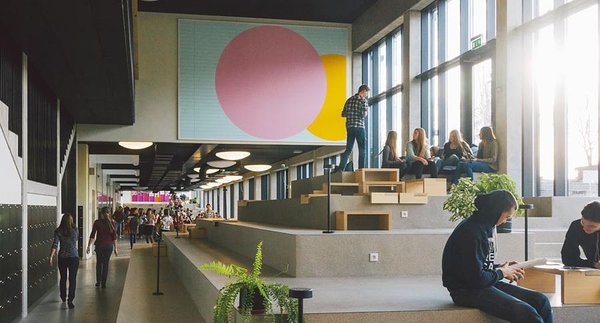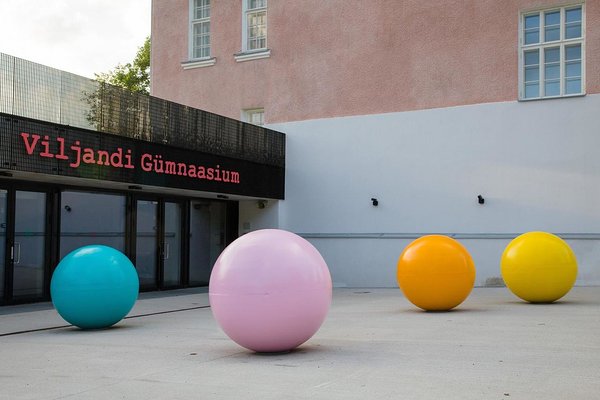Public Art in the Digital Creativity Era
In 2011, the Placing Orders for Works of Art Act – or what is usually referred to as 'one percent for art' or simply 'percentage art', took effect in Estonia. According to the act, art works have to be procured to the value of at least 1% of the construction cost of public buildings; the usual amount being between 7,500 and 65,000 euros. This law applies to public institutions whose founder is the state, but not to local government units. Works of art have to be procured, if the total price of the construction work is at least 750,000 euros. According to the Placing Orders for Works of Art Act, an anonymous public tender is announced for placing an order for the work of art. The results of the call are assessed by a jury, two-thirds of which must be composed of people who are members of one of the arts associations.
By the beginning of 2017, more than 30 works of 'percentage art' have been completed and about 1,5 million euros have been injected into the Estonian art scene, meaning roughly 250,000 euros a year. For comparison, the 2016 budget for Tartu Art Museum, Estonia's second art museum employing 20 people, was around 400,000 euros, whereas the budget for the Estonian Museum of Applied Art and Design in Tallinn is around 300,000 euros. Hence, 'percentage art' operates with unprecedentedly large sums, which is a substantial victory for chronically under-financed art world, but also occasionally a starting point for new problems. Below, I will discuss some of these artworks.


Add a comment
Comments: 3